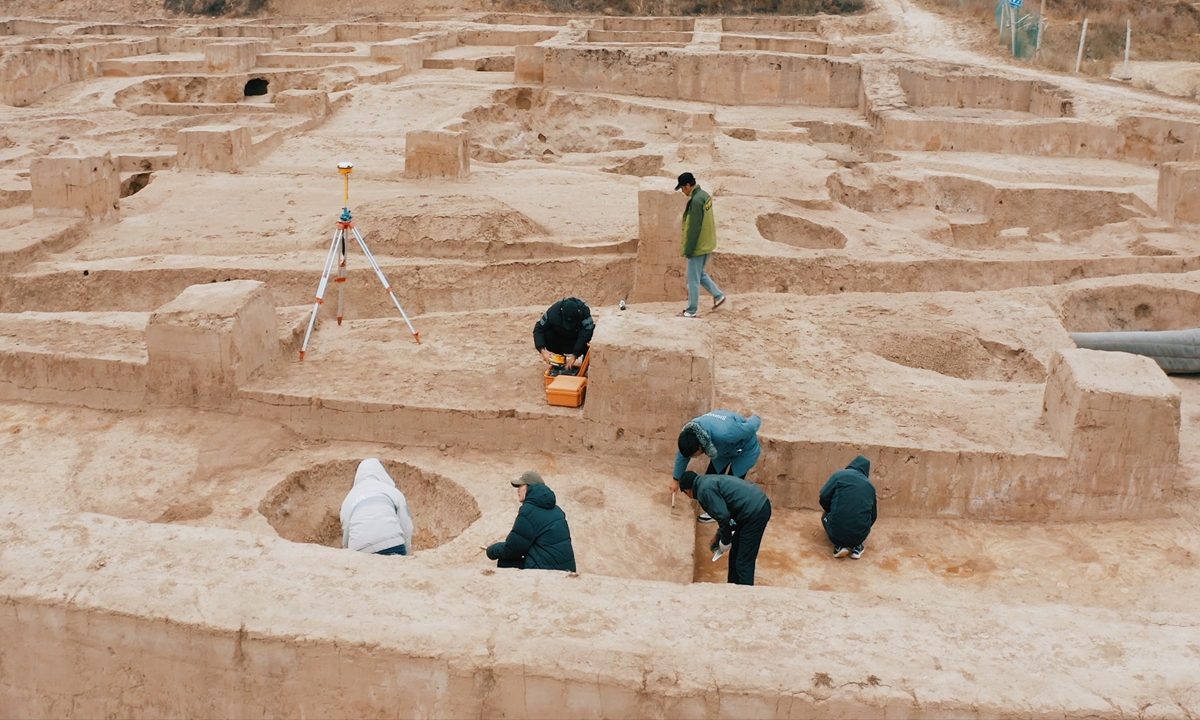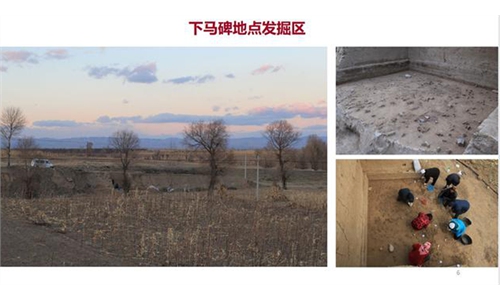ARTS / TV
Documentary series ‘Personal Tales Along the Silk Road’ focuses on the people behind China’s great archaeological discoveries

Chinese archaeologists work in the ruins. Photo: Courtesy of Mango TV
Amid the windblown sand of the desert in Northwest China's Xinjiang Uygur Autonomous Region, a group of people hunch over the ground as they work tirelessly to excavate ancient ruins under the hot sun. Their stories and more are about to be explored in the documentary series Personal Tales Along the Silk Road, which is set to debut on Wednesday.
Many great archaeological discoveries that have shocked the world have been made along the China portion of the Silk Road, an ancient trade route that linked the Western world with the Middle East and Asia, to include the Xiaohe Cemetery and Reshui Cemetery in Northwest China's Qinghai Province.
Many Chinese academies and archaeologists have worked hard behind the scenes to excavate and preserve these sites. Now, this new documentary series on Mango TV will shine a light on their efforts, allowing them to take center stage as they narrate their stories using methods popular among today's young people.
According to promotional clips released online, the 10-episode series will explore interesting locations such as the Danxia landform in Zhangye of Northwest China's Gansu Province, the Yungang Grottoes in North China's Shanxi Province and the desert poplar forests in Xinjiang.
The show reveals the varied natures of researchers' efforts as some restore cultural relics in labs of museums while others work with dancers to recreate a dance popular on the borders of the Tang Dynasty (618-907). All these moments, together with some precious old scenes of excavating cultural relics from archaeological sites, can be seen in the documentary series, which aims to allow young audiences to appreciate a different side of the Silk Road culture and find beauty in the differences between the past and the present.
Differing from other more serious archaeology documentaries that focus on introducing cultural relics, this program aims to create a dialogue with young people through interesting personal stories.
For instance, for researchers working in the ruins of a Tang Dynasty beacon tower in Yuli county, Xinjiang's Bayingolin Mongolian Autonomous Prefecture, evening is the time of the day when they gather together to talk to their families on their phones. However, due to the remoteness of their location, getting a signal is quite a challenge.
But they came up with an innovative idea: setting one phone as a hot spot and putting it in a bucket that is then lifted high into the air to get a signal, which is shared with the researchers below as they move around the bucket to find the best spot to get the strongest signal to chat with their families.
The scene in promotional clips for the show has touched the hearts of viewers, many of whom noted that in ancient times these beacon towers were used to send signals over long distances, and even though centuries have passed and communication methods have changed, they are fulfilling their task once again.
The images of these kind and respectable archaeologists on screen help bring the them closer to young audiences.
By documenting a group of real and interesting people, the program tries to break the stereotypes young people hold about archaeology and cultural workers, while making the history of the Silk Road come alive through these people's stories.

